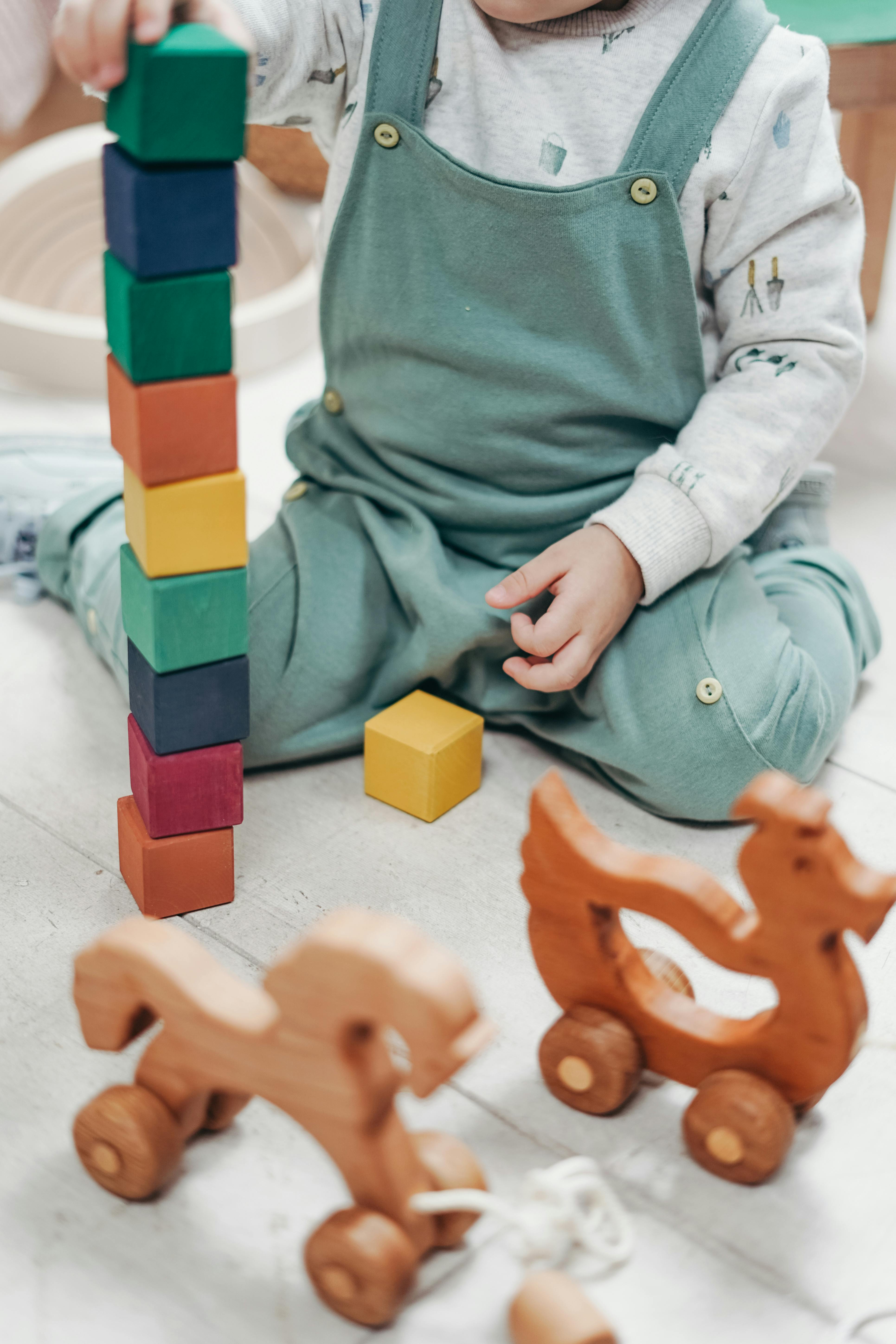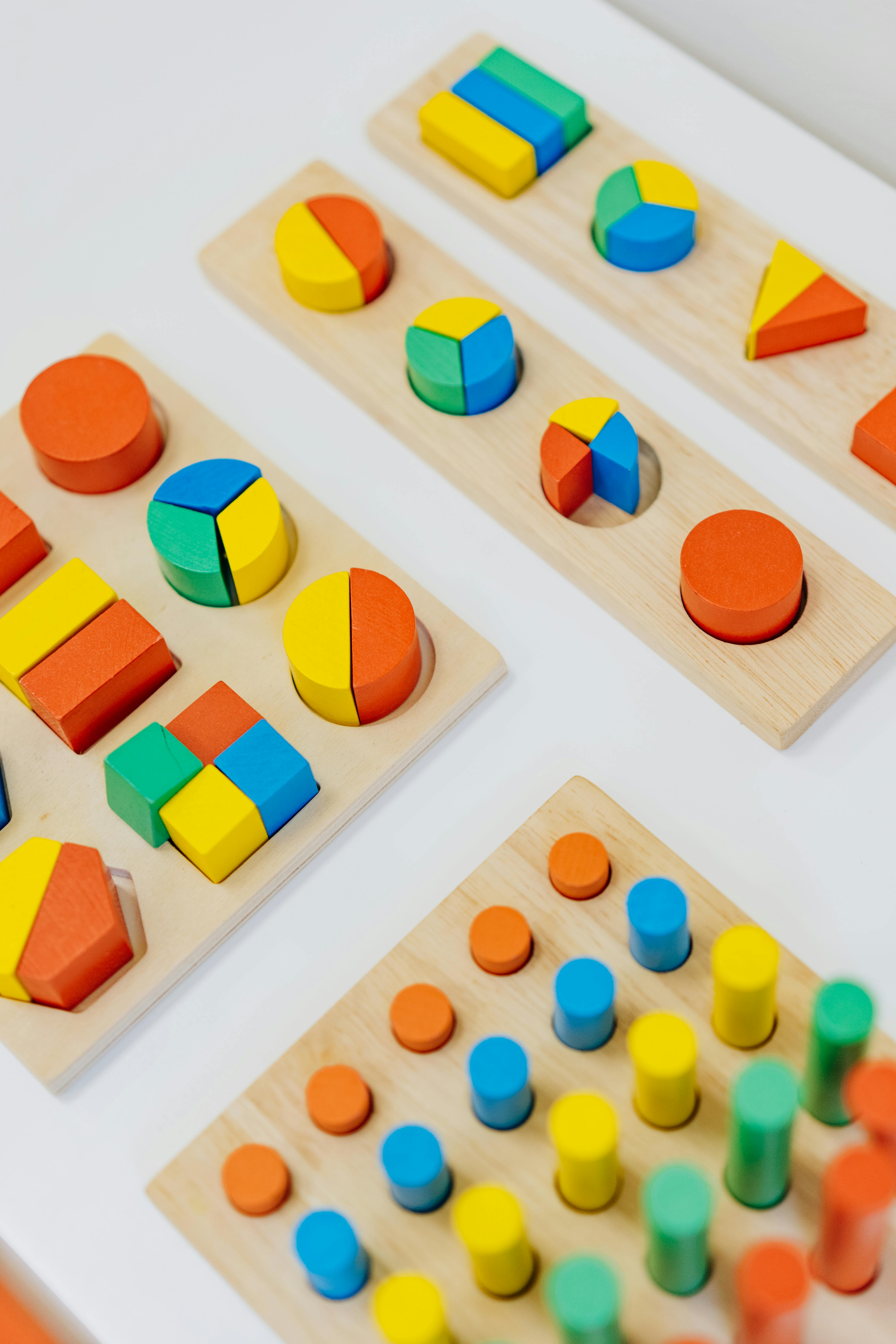Exploring the Key Advantages of Educational Toys
Educational toys are more than just playthings—they’re tools that shape young minds. In today’s fast-paced digital world, where screen time is rising, these hands-on learning tools offer a crucial counterbalance. This article explores the many advantages of educational toys, from boosting cognitive skills to enhancing creativity and problem-solving. Whether you’re a parent, teacher, or toy developer, you’ll gain insights into how to maximize their impact.

Understanding the Fundamentals
At their core, educational toys are designed to combine learning with play. These toys stimulate critical thinking, imagination, and physical coordination while keeping children engaged. Unlike conventional toys, educational ones intentionally target developmental milestones across age groups.
Educational toys date back to early Montessori methods, emphasizing hands-on, self-directed activity. The concept has since evolved, incorporating modern technologies and learning theories. Today, they’re considered essential tools in early childhood education, especially in building foundational skills.
1.1 Cognitive Development Through Play
Educational toys help children enhance memory, attention span, and reasoning abilities. For example, puzzles improve spatial awareness and problem-solving. STEM kits support logical thinking and curiosity. A study by the American Academy of Pediatrics highlights how play directly influences brain structure and function.
Real-world applications include using building blocks to teach geometry or using number games to improve math fluency. One common misconception is that educational toys are only for school subjects—they also build social and emotional intelligence.
1.2 Emotional and Social Intelligence
Unlike solitary digital play, many educational toys promote interaction. Role-play kits, group puzzles, and cooperative board games teach children to share, negotiate, and empathize with others.
This approach sets educational toys apart from passive play. In classrooms, for instance, collaborative toys foster teamwork and reduce conflicts, laying a strong emotional foundation for future learning.
Practical Implementation Guide
Knowing the theory behind educational toys is one thing—successfully integrating them into daily routines is another. This section outlines how to apply these tools effectively at home or in educational settings, ensuring lasting developmental benefits.

2.1 Actionable Steps
- Step 1: Choose age-appropriate toys: Match toys with developmental stages. Toddlers may benefit from shape sorters, while older kids enjoy robotics kits.
- Step 2: Use supportive environments: Dedicate learning corners at home or in classrooms with limited distractions to enhance focus.
- Step 3: Monitor progress: Keep track of learning milestones. Use simple assessments or checklists to evaluate cognitive, physical, and emotional growth.
2.2 Overcoming Challenges
Parents and educators may face hurdles when introducing educational toys. Common obstacles include:
- Lack of interest due to poor toy selection
- Over-reliance on screens for entertainment
- Limited budget for quality educational toys
Solutions include involving children in toy selection, rotating toys to maintain interest, and seeking out low-cost DIY alternatives. Expert tip: use a toy-lending library or cooperative group purchases to expand variety without raising costs.
Advanced Applications
As children grow, educational toys can transition from basic skills to complex challenges. These advanced applications help bridge the gap between play and formal education, encouraging lifelong learning habits.

3.1 Interactive Tech-Based Learning
Advanced educational toys now incorporate technology, such as programmable robots or augmented reality (AR) storybooks. These tools not only entertain but also teach coding, engineering, and physics. Studies show tech-integrated toys improve retention rates by up to 60% compared to traditional methods.
3.2 Blended Learning Environments
Educational toys increasingly function within larger ecosystems, blending with online platforms, mobile apps, and classroom curricula. Compatibility with learning management systems and parental controls makes it easier to track progress and customize experiences.
Future Outlook
The educational toy industry is set to expand, driven by innovations in AI, machine learning, and personalized learning paths. According to market research, the sector is projected to grow by 8.5% annually through 2028.
To prepare, parents and educators should stay informed on emerging technologies and prioritize toys that adapt to a child’s evolving interests. Subscription boxes and modular kits will play a vital role in keeping learning dynamic and personalized.
Conclusion
To recap, educational toys offer significant advantages: they boost cognitive and emotional development, foster creativity, and adapt to diverse learning needs. Their value lies in their ability to transform everyday play into meaningful growth.
Start exploring educational toys today to enrich your child’s development. Choose intentionally, monitor results, and stay flexible. For maximum benefit, consider creating a rotating play schedule or dedicated learning space at home.
Frequently Asked Questions
- Q: What are educational toys? Educational toys are play items designed to promote learning and skill development through hands-on activities and problem-solving.
- Q: How can I start using educational toys? Begin by selecting age-appropriate toys aligned with your child’s interests and set aside regular time for interactive play sessions.
- Q: How much time should be spent on educational toys daily? Ideally, 30 to 60 minutes per day, depending on the child’s age and attention span, with breaks in between for variety.
- Q: Are educational toys expensive? Prices vary. While some high-tech options are costly, many affordable alternatives—like puzzles or DIY kits—are equally effective.
- Q: How do educational toys compare to traditional toys? Unlike traditional toys that may focus solely on entertainment, educational toys combine fun with developmental benefits and skill building.
- Q: Are they difficult to use? Most educational toys are designed for ease of use with simple instructions. Some tech-based ones may require basic setup and adult supervision.
- Q: Can they be used in schools? Absolutely. Many schools use educational toys to complement lessons in subjects like math, science, language, and social studies through interactive learning.
